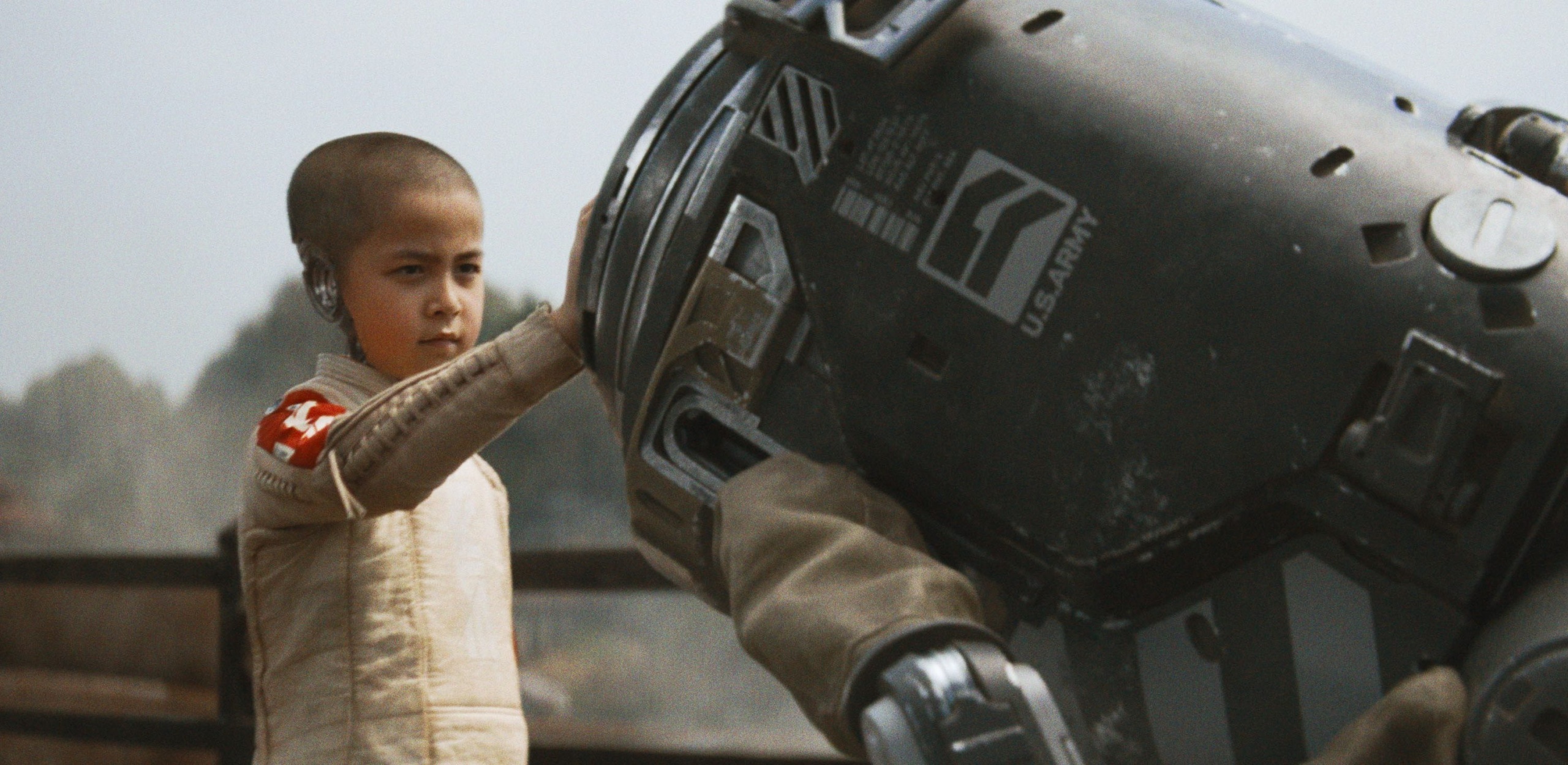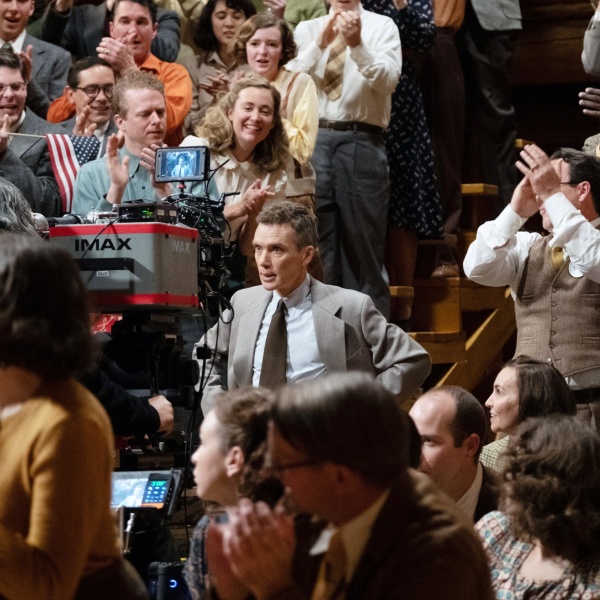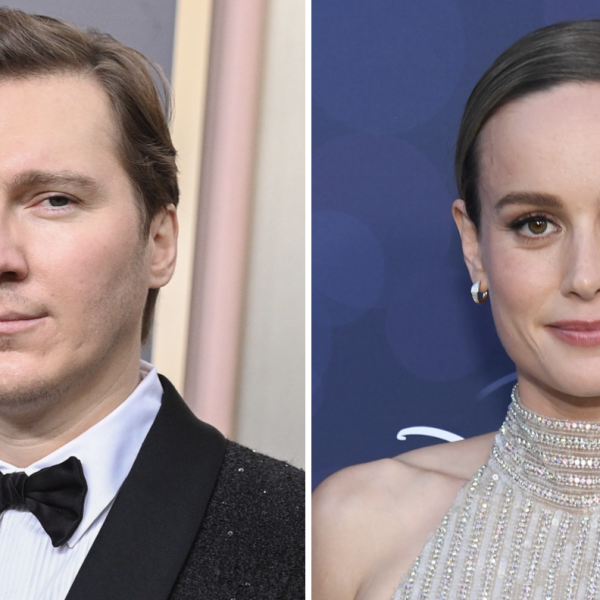This article contains IndieWire’s preliminary Best Visual Effects predictions for the 2024 Oscars. We regularly update our predictions throughout awards season and republish previous versions (like this one) for readers to track changes in how the Oscar race has changed. For the latest update on the frontrunners for the 96th Academy Awards, see our 2024 Oscars predictions hub.
The State of the Race
And then there were 20. The Academy’s long list has shaken up the VFX race. “Oppenheimer” was snubbed, despite its dazzling display of practical, in-camera effects for the Trinity explosion and subatomic world, while the animated “Spider-Man: Across the Spider-Verse” made the cut for its innovative VFX from Sony Pictures Imageworks. This encompasses five new dimensions and the complex, white-and-black Spot (Jason Schwartzman). Making the shortlist, though, would be an achievement. The only CG-animated films to advance that far are Jon Favreau’s “The Lion King” (which snagged a nomination) and Pixar’s “Soul.”
Overall, it’s a diverse field dominated by the usual VFX-intensive suspects, along with some imaginative old-school/new-school approaches and several creative displays of invisible work. ILM had the biggest presence, working on 11 films (and contributing art direction to a 12th) while Wētā FX contributed to five. There’s an array of superhero films (Marvel’s “Guardians of the Galaxy Vol. 3,” “Ant-Man and the Wasp: Quanumania,” and “The Marvels,” and D.C./Warner Bros.’ “Aquaman and the Lost Kingdom”), sci-fi (“The Creator,” “Rebel Moon: Part One – A Child of Fire,” “Transformers: Rise of the Beasts,” “Godzilla: Minus One”), fantasy (“Barbie,” “Wonka,” “Poor Things,” “Dungeons & Dragons: Honor Among Thieves”), and action-adventure (“Indiana Jones and the Dial of Destiny” and “Mission: Impossible – Dead Reckoning Part One”).
Additionally, Ridley Scott’s “Napoleon,” made the list for its battle sequences (MPC and ILM), shot mostly with practical, in-camera effects, the highlight of which was Austerlitz, where horses fall through the ice. Martin Scorsese’s “Killers of the Flower Moon” leaned on ILM’s invisible effects, including the bubbling oil for the opening sequence, explosions, and enhancements for the town and oil rigs. J.A. Bayona’s “Society of the Snow,” which chronicles the Uruguayan 1972 Andes flight disaster, crucially relied on a complex system of mobile LED screens for 360-degree backdrops for the Valley of Tears. “Nyad” (Scanline), the biopic about 64-year-old marathon swimmer Diana Nyad (Annette Bening), made use of great water work shot in a tank and then partially replaced above and below the surface. And the surprising “The Boys in the Boat,” George Clooney’s non-fiction sports drama about the University of Washington rowing team that competed at the 1936 Summer Olympics in Berlin, also boasts water work from ILM.

Gareth Edwards’ AI sci-fi thriller “The Creator” is the favorite. He’s made an $80 million indie film look like $200 million by shooting the entire film first in 80 locations in Southeast Asia with the lightweight Sony FX3 pro-use camera, and then having ILM design and placing the naturalistic VFX in post over the actors playing robots and enhancing the sets.
The de-aging of Harrison Ford in “Indiana Jones and the Dial of Destiny” was an impressive tech breakthrough by ILM that’s a strong contender despite the film’s disastrous box office performance. What’s more, the “ILM FaceSwap” utilized every tool in their VFX arsenal and was achieved with the help of more than 100 artists. This was no AI-dependent solution (though machine learning compiled and analyzed the hundreds of hours of footage of Ford from the first three “Indiana Jones” movies). The key was the actor’s on-set performance and his agility, coupled with the successful implementation of the light-based capture system called FLUX and the shot-specific remedy to complete the work, including lots of keyframe animation.
James Gunn’s “Guardians” finale became a touching Rocket story (including his painful origin story as a cruel lab experiment), and Framestore was integral in pulling off the animation with complicated fur interaction. In addition, Framestore made use of an expanded Groot design to make him a stronger and more powerful character. Wētā FX returned as well to principally create the colossal, ruby-covered spaceship, the Arête, and an entire city surrounding the Arête that was loosely based on Seattle.
Paul King’s (“Paddington”) “Wonka” is a musical origin story, starring Timothée Chalamet as Willy Wonka, which contains VFX by Framestore. Its most complex work was shrinking Hugh Grant’s Oompa-Loompa down to a minuscule size as a fully CG character; a very advanced facial animation setup was used instead of any deep fake trickery. Other effects included creating gallons of practical and digital chocolate as well as providing a digital giraffe, flamingos, crowds, and fantastical environments.
“Rebel Moon,” Zack Snyder’s sci-fi space opera about a colony on the edge of a galaxy at war with a tyrannical ruling force, began as a “Star Wars” pitch with future-retro nods to “Seven Samurai” and “Heavy Metal” magazine. The CG characters include a hybrid human/spider creature and a mechanical knight (voiced by Anthony Hopkins). The VFX is from half a dozen companies, led by Framestore, Wētā, and Scanline.

As for the rest: Greta Gerwig’s billion-dollar blockbuster “Barbie” contained 1,300 VFX shots from Framestore. These were steeped in the cinematic language of the ’40s, ’50s, and ’60s to complement the meticulously crafted sets and to expand Barbie Land beyond the studio lot. The opening “Dawn of Man” riff on “2001: A Space Odyssey” made use of the LED Volume (in keeping with Stanley Kubrick’s cutting-edge ethos) seamlessly blended with in-camera VFX, matte painting, and real-world foreground props. Yorgos Lanthimos’ “Poor Things,” a wild, Victorian-era “Frankenstein” gender-bender, touts plenty of old and new school VFX (from Union VFX), including miniatures, painted backdrops, composited hybrid animal breeds, and LED screens for cruise ship sea and sky environments.
“The Marvels,” a continuation of the “Ms. Marvel” series, contains trippy CG with lots of characters and refracted light effects from ILM, Wētā, Rise FX, Rising Sun Pictures, and Sony Pictures Imageworks. The “Transformers: Rise of the Beasts” prequel offers a new wrinkle worth considering. It features the first-time team-up between the Autobots and the Maximals. MPC and Wētā took over from ILM, with the former doing the design and both sharing the robot animation. The beast-like Maximals, which mix fur and flesh with their metal parts, offered some new challenges, while Optimus Prime (voiced by Peter Cullen) was made more human-like in keeping with a character arc as part of his origin story.
“Dungeons & Dragons” (from ILM) relied on physical references and logic for how the magic of the Forgotten Realms would work and let that guide the look of the magic spells and beasts. “Godzilla Minus One” is a refreshingly strong entry in Toho’s beloved kaiju franchise, and the CG animation of the creature and simulated water and destruction work effectively. “Ant-Man and the Wasp: Quanumania” tackled the Quantum Realm for the epic battle with Kang the Conqueror (Jonathan Majors, on trial for charges of assault and harassment), with the work divided between Digital Domain, ILM, and others). Highlights are the trippy world-building and cartoony M.O.D.O.K.(Corey Stoll). “Aquaman and the Lost Kingdom” (from Scanline, ILM, DNEG) benefited from new VFX rigging for better handling of the underwater fighting pitting Jason Momoa’s titular superhero against Patrick Wilson as half-brother King Orm.
Narrowing the field to the shortlist of 10 will now occur with voting taking place December 14-18 and results announced on December 21. The VFX bakeoff will then take place January 13, 2024, at the Academy Museum.
Potential nominees are listed in alphabetical order; no film will be deemed a frontrunner until we have seen it.
Frontrunners
“Barbie” (Warner Bros.)
“Guardians of the Galaxy Vol. 3″ (Marvel/Disney)
“Indiana Jones and the Dial of Destiny” (Lucasfilm/Disney)
“Napoleon” (Apple Original Films/Sony Pictures)
“Poor Things” (Searchlight Pictures)
“Rebel Moon — Part One: A Child of Fire” (Netflix)
“Society of the Snow” (Netflix)
“Spider-Man: Across the Spider-Verse” (Sony Pictures)
“The Creator” (20th Century Studios)
“Wonka” (Warner Bros.)
Contenders
“Ant-Man and the Wasp: Quanumania” (Marvel/Disney)
“Aquaman and the Lost Kingdom” (DC/Warner Bros.)
“Dungeons & Dragons: Honor Among Thieves” (Paramount)
“Godzilla: Minus One” (Toho)
“Killers of the Flower Moon” (Apple Original Films/Paramount)
“Mission: Impossible — Dead Reckoning Part One” (Paramount)
“Nyad” (Netflix)
“The Boys in the Boat” (MGM)
“The Marvels” (Marvel/Disney)
“Transformers: Rise of the Beasts” (Paramount)





